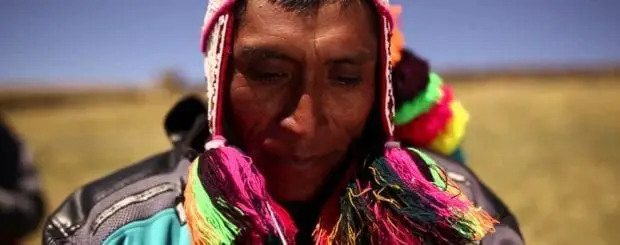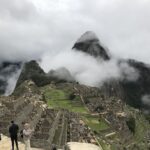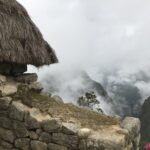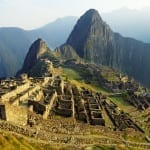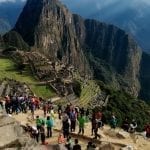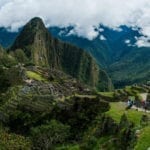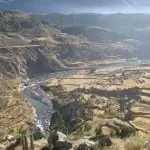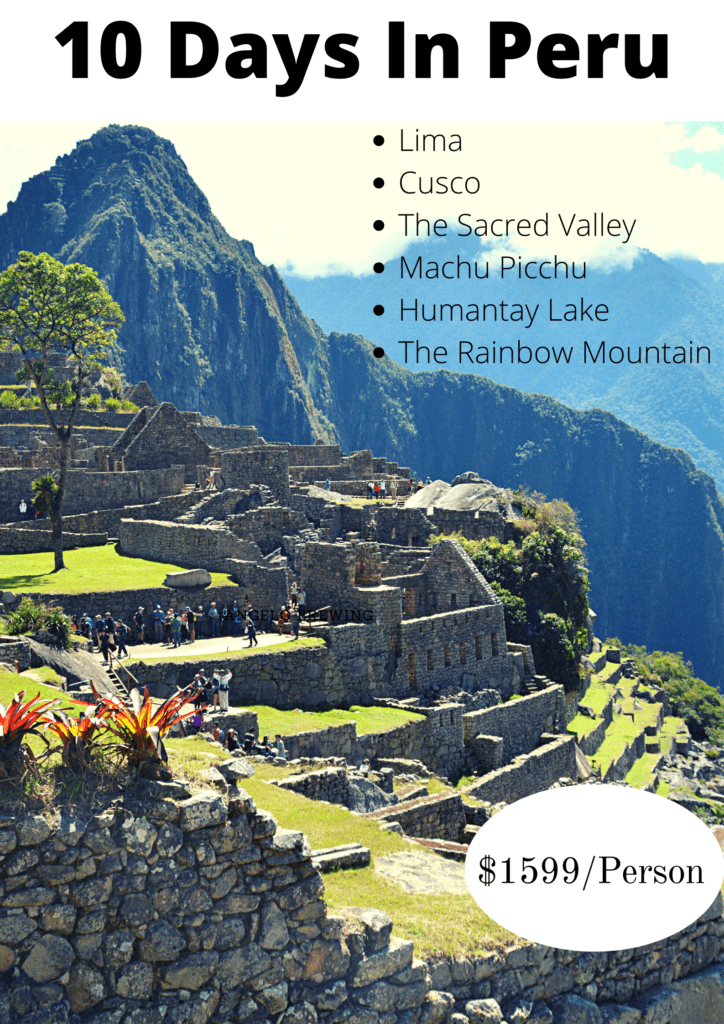How to Dress Like a Local in Cusco
James Bustamante is Native to New York but born to Peruvian parents. He has been traveling throughout Latin America since early 2003 and finally made his home in Peru. James has made his way by eating and traveling through almost every country in Central and South America.
Last Updated on November 27, 2023 by James Bustamante
For some travelers learning how to dress like a local in Cusco is usually taken quite seriously. When in Peru and planning to visit Machu Picchu, everyone should enjoy Peruvian culture.
This includes delicious Peruvian dishes, the local Peruvian culture, and even our traditional clothing.
Some will even try to emulate all local wear when hiking Machu Picchu; we’ve all seen those pictures of travelers wearing traditional Peruvian clothing.
Peruvian society usually keeps up with the times, however, while strolling down the streets of Cusco one can’t help but notice a blend of the old and the new.
Let’s talk about typical Peruvian garments you can acquire to help give you an authentic taste of the culture and dress like a local in Cusco.
Traditional Garments in Cusco
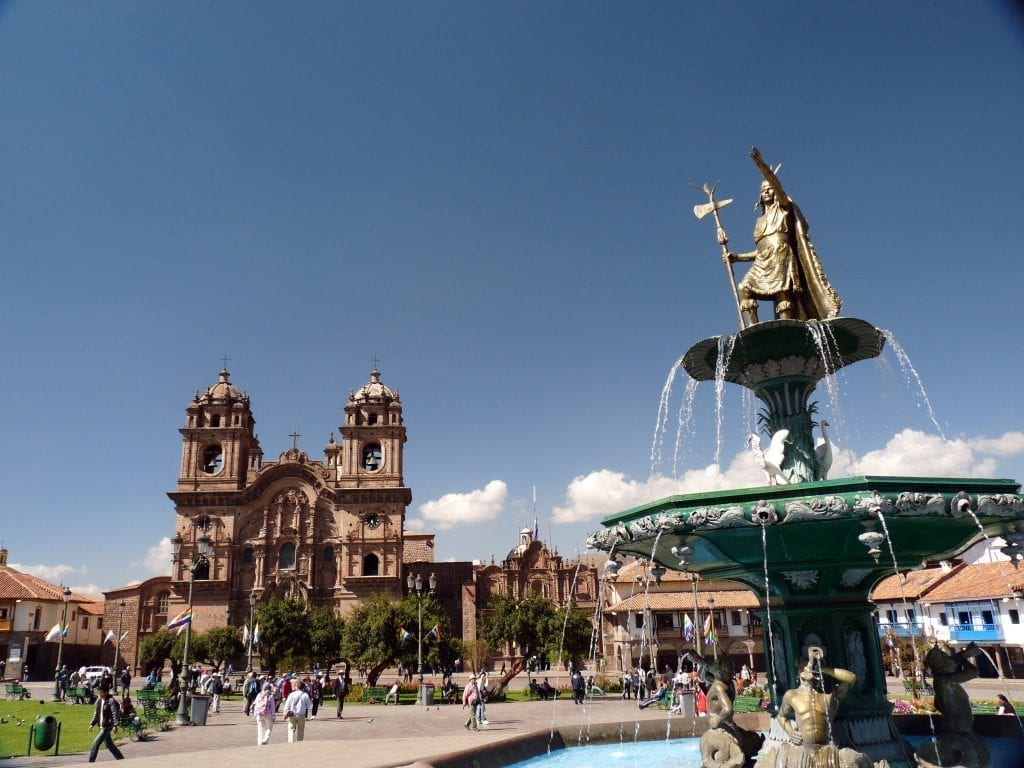
Unlike many other countries around the world, traditional clothing continues to be popular in Peru.
This is more apparent in places like Cusco and the surrounding Andean villages and towns.
If you visit the highlands, you are guaranteed to see locals wearing fashionable textiles that serve both as form and as function. Let’s look at a few of them.
The Chuspa

First on our likes on how to dress like a local in Cusco would be the “Chuspa”.
This Andean garment is very similar to a purse or a book bag. Nowadays, the Chuspa is used to carry a variety of everyday items.
A few hundred years ago, however, it was most likely used to carry coca leaves during the times of the Inca Empire.
Travelers Tips: Coca leaves in Peru have been used for hundreds of years to help locals cope with altitude sickness and give a boost of energy. Coca leaves are widely sold in Cusco for this very purpose. Give them a try if you are feeling the effects of the elevation.
The Lliclla
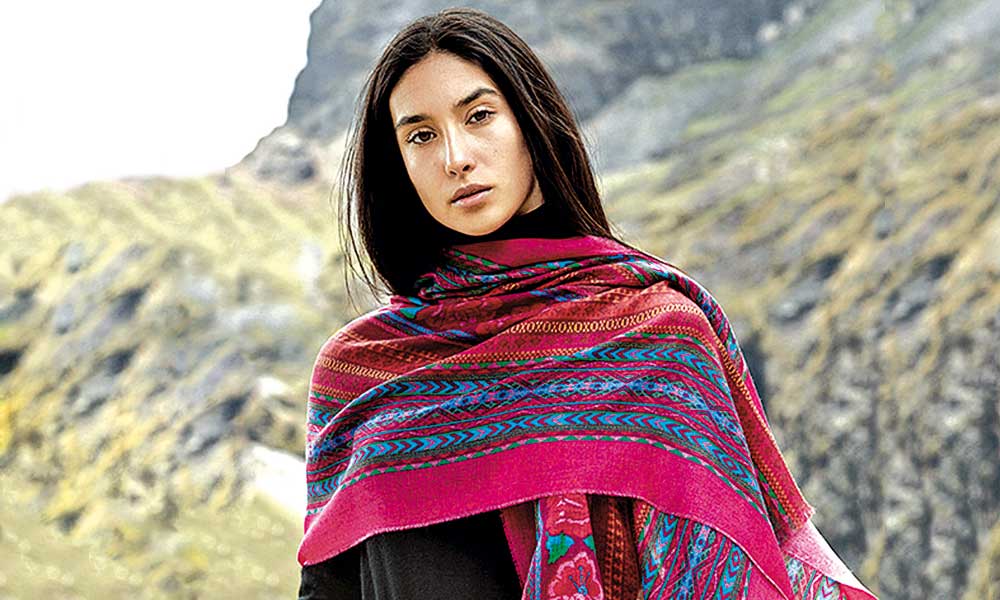
Many women from the highlands will wear a “Lliclla”. This local item is a kind of wide scarf or shawl used to stave the cold mountain temperatures.
The local women will often wear it almost like a cape in order to cover most of your back and shoulder region.
It can be a bit bothersome to people not used to wearing one due to its size, but it looks great and comes in various colors.
These highland garments will usually be very colorful, using pinks, reds, and several other bright colors.
The K’eperina

Next on the list of items to dress like a local in Cusco is the “K’eperina”.
This item is a bit like the Lliclla. The main difference is that it is used to carry things on your back like a baby.
Unlike the Lliclla, both men and women wear the K’eperina, as it does serve a useful purpose. Once more, women often wear a more colorful variation.
While spending time in Cusco, you will see plenty of local women carrying their babies in K’eperinas throughout the city.
They make it seem so easy; you’ll walk down the street and suddenly see a woman walking around with a large backpack, and it suddenly turns out to be a 3-year-old.
The Chullo
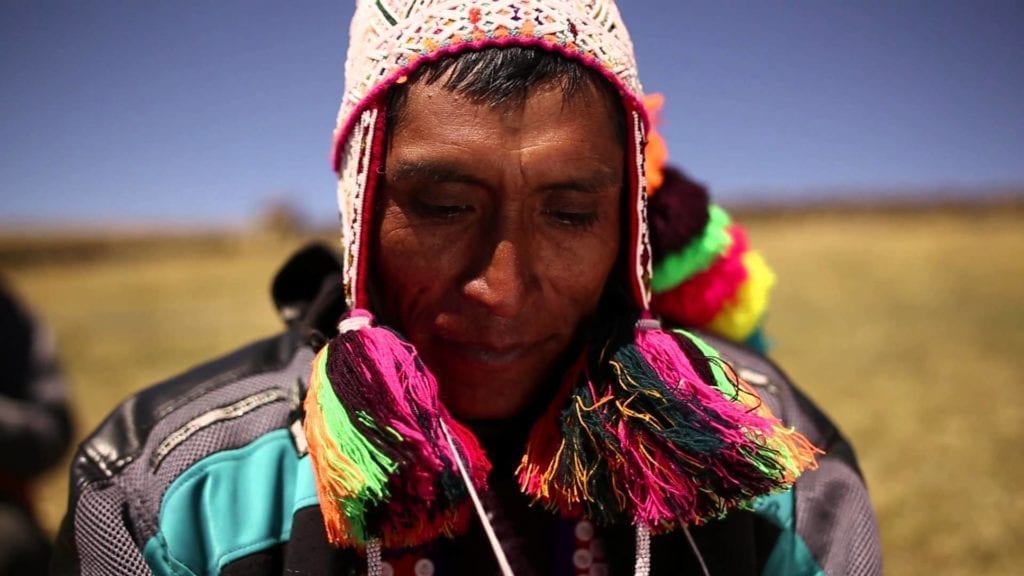
The most well-known item on this list is most likely the “Chullo”.
This Andean item can be described as a sort of knitted hat with broad earflaps. The earflaps are there to make sure to keep all of your warmth in.
Remember that parts of the Andes are very cold; if you add high elevation to the mix, your ears will definitely need some protection.
If you plan on taking one of the multi-day hikes, like the 4-day Inca trail to Machu Picchu or the Salkantay trek, you might want to bring a Chullo along with all we’re saying.
This item dates back to before colonial times. The Chullo was primarily used by highland men as they tended to be out in the cold longer due to farming activities as well as herding.
Nowadays, you can find people wearing them almost anywhere in Peru.
The best quality Chullos, however, are the ones found in Cusco and other parts of the Peruvian highlands.
They are often made of alpaca fur, one of the softest materials on earth.
If you have already picked up your Machu Picchu tickets (or if they are already included in your Peru tour package) and are about to go up via the shuttle, you might want to stop in the Aguas Calientes town street market to see what kind f Chullos they have. In my personal experience, everything is more expensive in Aguas Calientes, so it might not be the best place to find traditional garments, but they might have a few designs you won’t be able to find in Cusco.
Many travelers want that very “local” photograph where they overlook Machu Picchu while wearing a Chullo.
Well, this market is your last chance of getting one before heading up to Machu Picchu!
Travelers’ Tips: The Alpaca is raised and shared locally. The fur is also processed at the local level.
If you are looking for Chullos, Alpaca sweaters, or scarves, make sure to look at the local shops in Cusco. You will be surprised by the high-quality products you can find just walking around the city.
In Conclusion
This is just a brief list of typical Andean clothing items that form part of Peruvian culture.
If you want to know anything more about Peru, Cusco, and Machu Picchu Travel, check out the rest of our blog posts at Peru Travel Blog, and be sure to follow us on Facebook and Instagram for our special packages.
Remember that it is unnecessary to dress like a local in Cusco, but with all the colorful styles and the utility of certain items, it might be fun to try. Additionally, a wool or Alpaca Chullo will be an item that will keep you warm for years to come, no matter where you travel.
Frequently Asked Questions About Traditional Cusco Garments
Can I purchase Alpaca products in Cusco?Yes. Alpaca products such as hats, sweaters, jackets, gloves, and many other garments are widely available throughout Cusco.
How much do Alpaca products cost in Cusco?
Pricing for Alapca products can vary greatly depending on where you shop in Cusco. Finding local producers with their own store will net you a better product and save you money vs going to an Alpaca chain store.
Is it okay to wear traditional Andean clothing while in Cusco?
Yes. The locals definitely like travelers sporting their traditional clothing. It also helps the local economy significantly. Most locals will even take pictures with you while you are wearing a Chullo!
Are all Andean garments made of Alpaca?
No. Many are made with Alpaca or baby Alpaca. Some are made of local sheep’s wool, and some are made with Peruvian cotton, which is among the world’s best.
There are also garments made with the rare Vicuna, which are extremely expensive.
It is said to be the world’s softest wool. If you are lucky enough to find Vicuna products, they will most likely be very expensive but unique since mass production is challenging.Do locals in Cusco still wear traditional garments?
Yes. Many “Cusquenos” still wear traditional clothing just as their ancestors, The Inca, did long ago.Does the Cusco city tour include time at the vendor markets?
Yes. We can schedule a visit to the local markets so you can purchase traditional garments. There are some in Cusco and several in the Sacred Valley, Pisac, Ollantaytambo, and many others.
